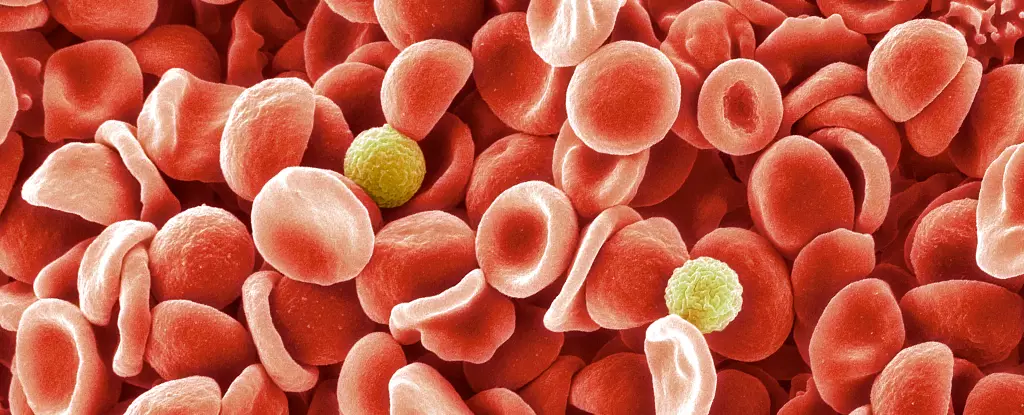The realm of blood types is often seen as a straightforward domain dominated by familiar systems such as ABO and Rh. However, a groundbreaking discovery has emerged from decades of research that tangentially began with a pregnant woman’s unexplained blood anomaly in 1972. This pivotal moment led to the identification of a new blood group system, named the MAL blood group, published in 2024 by a collaborative team of researchers from the UK and Israel. This astonishing find not only reshapes our understanding of human blood but also underscores the intricate complexities of hematology that can have profound implications for patient care.
From Mystery to Mastery
The journey to unveil the MAL blood group is characterized by long-standing dedication and relentless pursuit of knowledge. It was not merely a case of recognizing a missing surface molecule; it required intricate detective work to establish the genetic underpinnings behind the anomaly. The AnWj antigen, which is absent from the blood of the patient examined in 1972, is crucial for identification and compatibility in blood transfusions. UK NHS hematologist Louise Tilley, who has been at the forefront of this research for almost two decades, expressed her elation at the culmination of their efforts: “It represents a huge achievement.”
Understanding that blood is not merely red fluid but a complex system composed of various antigens is vital. Each antigen serves as an identification marker that helps our immune system discern between self and potential threats. This complexity escalates the stakes when it comes to blood transfusions since mismatched transfusions can have catastrophic outcomes.
The Importance of Genetic Diversity
While the ABO system and Rh factor are widely recognized, they are just the tip of the iceberg. Human beings host an array of blood groups determined by countless combinations of proteins and sugars. The MAL group is a striking reminder of the importance of genetic diversity in our species. Though only a handful of individuals—over 99.9 percent have the AnWj antigen—will ever demonstrate this unique blood type, the implications for those who do are profound.
The phenomenon of the MAL blood type being linked to a specific mutation in MAL genes introduces an essential aspect of genetic healthcare. Research indicates that certain blood anomalies can stem from distinct genetic markers, allowing for more accurate diagnoses and enabling better tailored medical care. Understanding these markers paves the way for essential testing that can help distinguish inherited conditions from other ailments, leading to crucial medical insights.
The Challenges of Identification
Despite the success in identifying the genetic markers associated with the MAL blood group, the process was anything but straightforward. Tim Satchwell of the University of the West of England emphasized the challenges posed by the MAL protein’s small size and unique properties. This complexity required the research team to navigate various avenues before arriving at a conclusive identification of the blood group system. It highlights the broader struggles faced in hematological research—where even seemingly simple questions can spiral into complicated investigations revealing layers of biological intricacies.
What stands out in this discovery is the multifaceted nature of blood and its components. For instance, the absence of the AnWj antigen in newborns—which develops shortly after birth—further complicates the landscape of blood typing, necessitating constant revisions in our understanding as new data emerges.
Broader Implications for Patient Care
The unveiling of the MAL blood group is not just a scientific curiosity; it has tangible consequences for patient treatment and care. Blood transfusions can be lifesaving procedures, but they come fraught with risks when blood types are incompatible. With the discovery of the MAL group, medical professionals now have the tools to assess and manage rare blood types more effectively, minimizing the risk of severe reactions during transfusions.
As researchers continue to decode the complexities of blood group systems, it becomes clear that understanding these anomalies is more than an academic pursuit; it can be the difference between life and death for patients with rare blood types. The intricate dance of genetics in blood groups will undoubtedly spur further inquiries, emphasizing the importance of unwavering scientific inquiry and the profound impact of teamwork in advancing medical knowledge.
In an age where personalized medicine is at the forefront of healthcare, the identification of the MAL blood group serves as a poignant reminder of our ongoing quest to grasp the nuances of human biology. It galvanizes the medical community to stay vigilant and curious about the mysteries lying within the very essence of our being.

